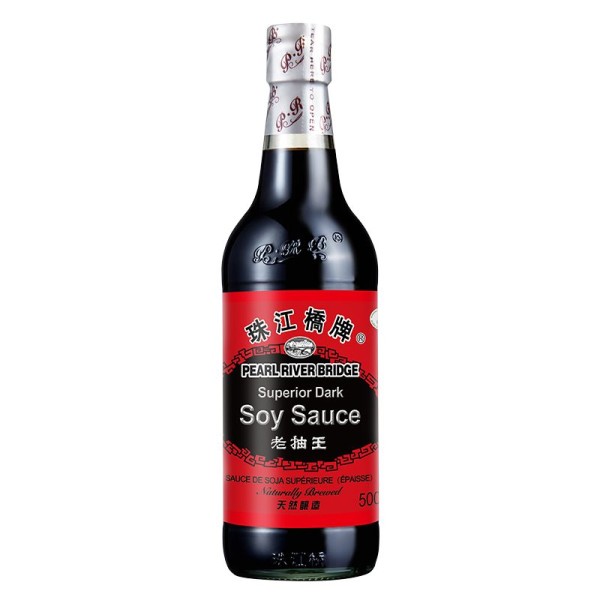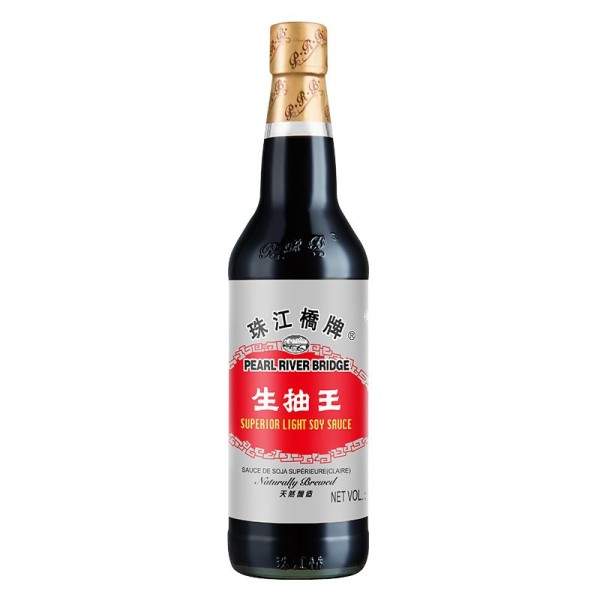When you're reaching for that bottle of umami goodness to enhance your Asian-inspired dishes, you might be keeping an eye on the sodium content. With so many varieties available – dark, light, and regular soy sauce – it's natural to wonder which one packs the least salty punch. Let's dive into the sodium levels of these common soy sauce types to help you make informed choices in your cooking.
The Salty Truth About Light Soy Sauce
Despite its name, light soy sauce (sometimes labeled as "thin soy sauce" or simply "soy sauce") is often surprisingly higher in sodium compared to its darker counterpart. This is primarily because light soy sauce is the first press of the fermented soybeans and its primary function is to impart a clean, salty, and bright umami flavor. Salt is a crucial component in the fermentation process and contributes significantly to its overall profile. So, if you're primarily looking to add saltiness to your dish, light soy sauce is your go-to, but be mindful of its sodium content.
The Unexpectedly Less Salty Dark Soy Sauce
In contrast, dark soy sauce typically undergoes a longer fermentation process, often with the addition of molasses or caramel. While its flavor profile becomes richer, sweeter, and more complex, its sodium content is often lower than that of light soy sauce. This is because the added sugars and longer fermentation contribute more to the overall flavor, reducing the need for a high concentration of salt. Dark soy sauce is primarily used for adding color, depth, and a subtle sweetness to dishes rather than just pure saltiness.
The Variable "Regular" Soy Sauce
The term "Regular Soy Sauce" can be a bit trickier to pin down in terms of sodium content. It often aims to be an all-purpose soy sauce, striking a balance between the flavor profiles of light and dark soy sauces. As such, its sodium level can vary significantly depending on the brand and the specific brewing process. In many cases, a "regular" soy sauce might have a sodium content similar to or slightly lower than a traditional light soy sauce. However, without checking the nutrition label of a specific brand, it's difficult to make a definitive statement about its sodium level compared to light and dark varieties.
Comparing Sodium Levels: A General Guideline
While specific sodium content will vary between brands, here's a general guideline to keep in mind:


Light Soy Sauce: Generally higher in sodium per serving.
Dark Soy Sauce: Generally lower in sodium per serving compared to light soy sauce.
Regular Soy Sauce: Sodium content can be variable and often falls somewhere between light and dark soy sauce, or may be similar to light soy sauce.
Why the Misleading Names?
The terms "light" and "dark" primarily refer to the color and body of the soy sauce, not necessarily the sodium content. It's a common misconception that "light" automatically translates to "lower in salt." Therefore, it's always crucial to read the nutrition labels on the specific bottles you are considering if sodium intake is a concern.
Making Lower-Sodium Choices
If you're looking to reduce the sodium content in your cooking while still enjoying the flavor of soy sauce, consider these options:
Low-Sodium Soy Sauce: Many brands offer specifically formulated low-sodium versions of their regular or light soy sauces. These can be a great way to significantly cut down on salt without sacrificing flavor.
Using Dark Soy Sauce Strategically: When a recipe calls for soy sauce and you're mindful of sodium, consider using dark soy sauce for its flavor contribution, potentially reducing the need for additional salty seasonings. You might need to adjust the overall saltiness of the dish accordingly.
Combining with Other Flavor Enhancers: Explore using other umami-rich ingredients like mushrooms, seaweed (kombu), or nutritional yeast to boost flavor without relying solely on soy sauce for saltiness.
The Bottom Line
While it might seem counter intuitive, dark soy sauce is generally less salty than light soy sauce. Regular soy sauce can vary, so it's best to check the label. If you're actively trying to reduce your sodium intake, opting for specifically labeled "low-sodium" soy sauce is your best bet. Understanding these differences empowers you to make informed choices and control the sodium levels in your delicious Asian-inspired creations. So, the next time you reach for soy sauce, remember that the color doesn't always tell the whole story when it comes to saltiness – a quick glance at the nutrition label is always your most reliable guide!
